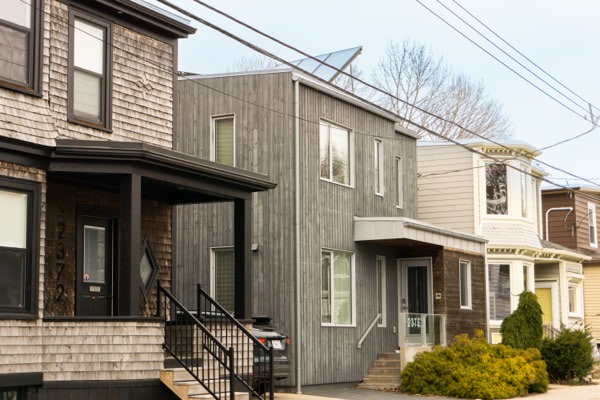How fast can you pay your mortgage off? Can you speed up the process? Here’s what you need to know!

Understanding your trigger rate and its impact on variable-rate mortgages
What is the trigger rate?
The trigger rate is something that comes into play when a borrower’s interest rate becomes so high that lenders need to readjust their payment amount, to ensure borrower payments are at least covering interest. The trigger rate comes into effect when a borrower’s monthly payment becomes lower than the monthly amount they owe in interest, which would mean they are really not making a dent in their mortgage at all as interest will keep adding up. Lenders can increase your payment amount so you are continuing to cover the interest on your mortgage. While frustrating, the trigger rate is in place to protect home owners paying off their mortgages. It ensures home owners are always making the necessary payments to build home equity.
Who does it affect?
The trigger rate only affects certain mortgage borrowers. It specifically impacts borrowers who have a variable-rate mortgage, but have fixed payments. This is separate from fixed-rate mortgages, where the interest rate remains consistent throughout the term, and from adjustable-rate mortgages, where payments change right alongside interest rate changes. Variable-rate mortgages with fixed payments mean your payments stay the same throughout your term, but when rates increase, more of your payment goes toward paying interest than paying the principal. The trigger rate only affects these borrowers because it is only with this mortgage type that interest rates increase while payments don’t. Inevitably, with several rate hikes we were bound to reach a point where the payments didn’t cover interest.
What are your options?
So what can you do if your mortgage hits the trigger rate? You have a few choices here. First, you can convert to a fixed-rate mortgage. You will secure one rate that remains consistent throughout your term, and your payments will too. This gives you more predictability, but it also means your payments are likely to be higher. Variable rates are often lower, so sticking it out is generally your best bet, despite the challenges of today.
Second, you can make changes to your monthly payment amount. Since your payments no longer cover interest, you will need to provide more money to ensure you’re still building equity. You can work with your lender to determine how much more you would need to pay each month to be sure you’re working towards paying off the principal, and not just interest. If you have the ability to make higher payments, this is perhaps the simplest option.
Finally, you can make a big, lump sum payment. This will reduce the amount left on your mortgage, and as a result, it will lower the amount needed to cover the interest on your monthly payments. This leaves you with more money you can put towards the principal.
It’s important to keep in mind that lenders and mortgage terms will have specific rules in their contracts regarding prepayments and increasing your payment amount. You want to help yourself save money, so don’t make any decisions that could cost you more! Get in touch with a broker first to evaluate your options. We can tell you if the trigger rate affects you, and if so, what your best move is.
If you have any questions about your mortgage, get in touch with us at Clinton Wilkins Mortgage Team! You can call us at (902) 482-2770 or contact us here.


